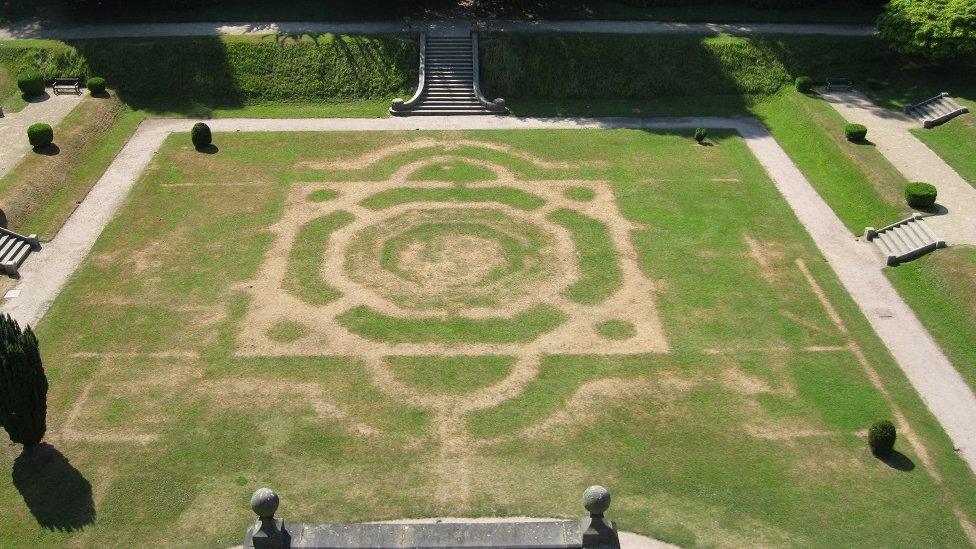University of Cambridge release trove of aerial photos of Wales
- Published
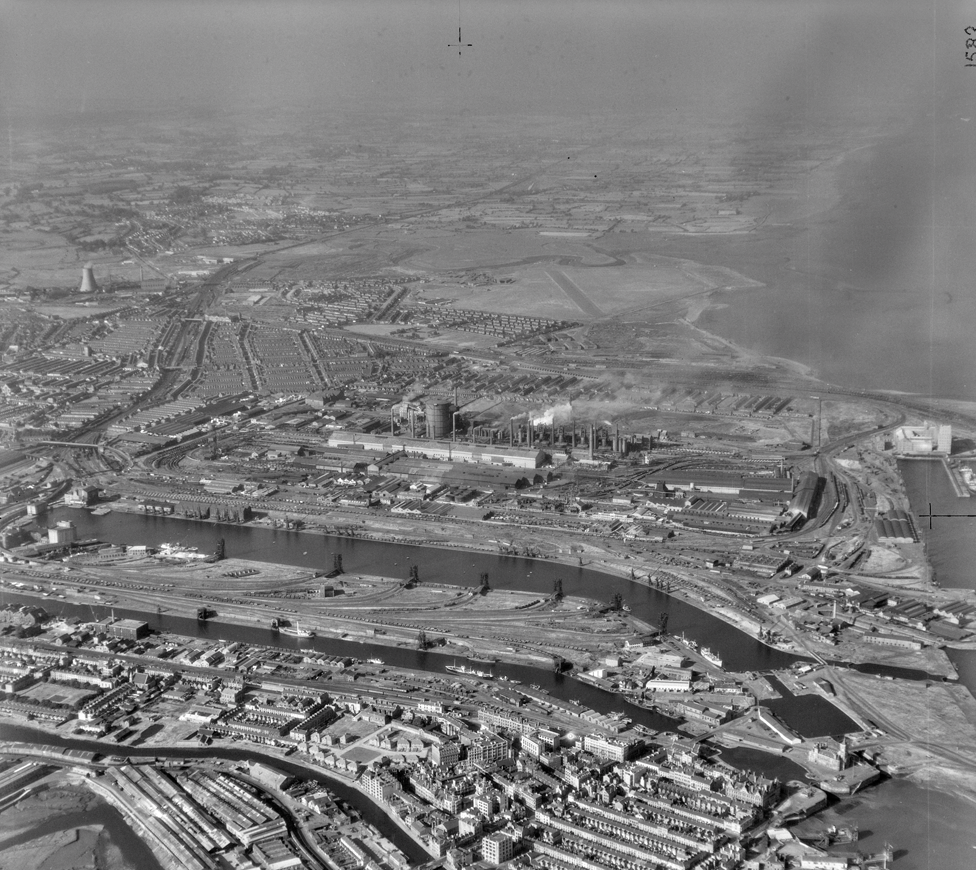
The expanse of Cardiff's industry is illustrated clearly in this photograph taken in 1948
A series of aerial photographs which form part of a collection labelled the "historical Google Earth" show the changing face of Wales.
The images, some dating back to 1945, have been made available online by the University of Cambridge.
RAF pilots were asked to capture the bomb-scarred post-war period to the emergence of motorways and new cities.
Prof Martin Millett said the images "let you travel back in time to a Britain which no longer exists".
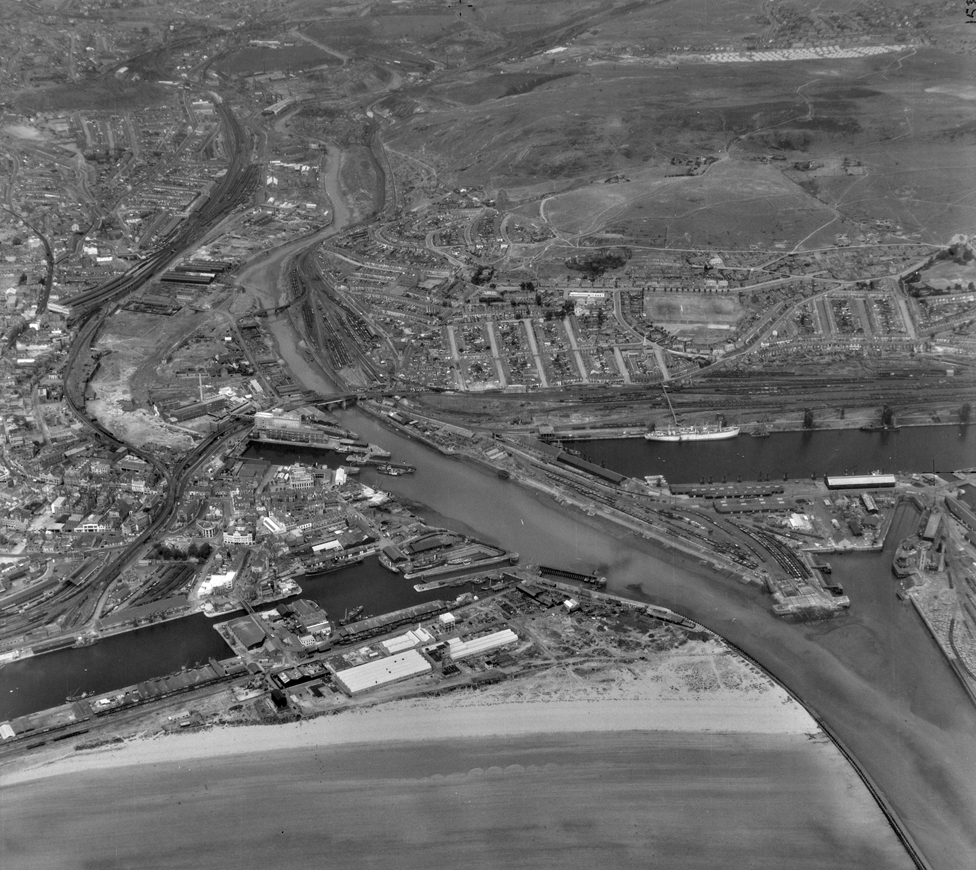
Swansea, which was heavily targeted by the German air force during the war, in 1949
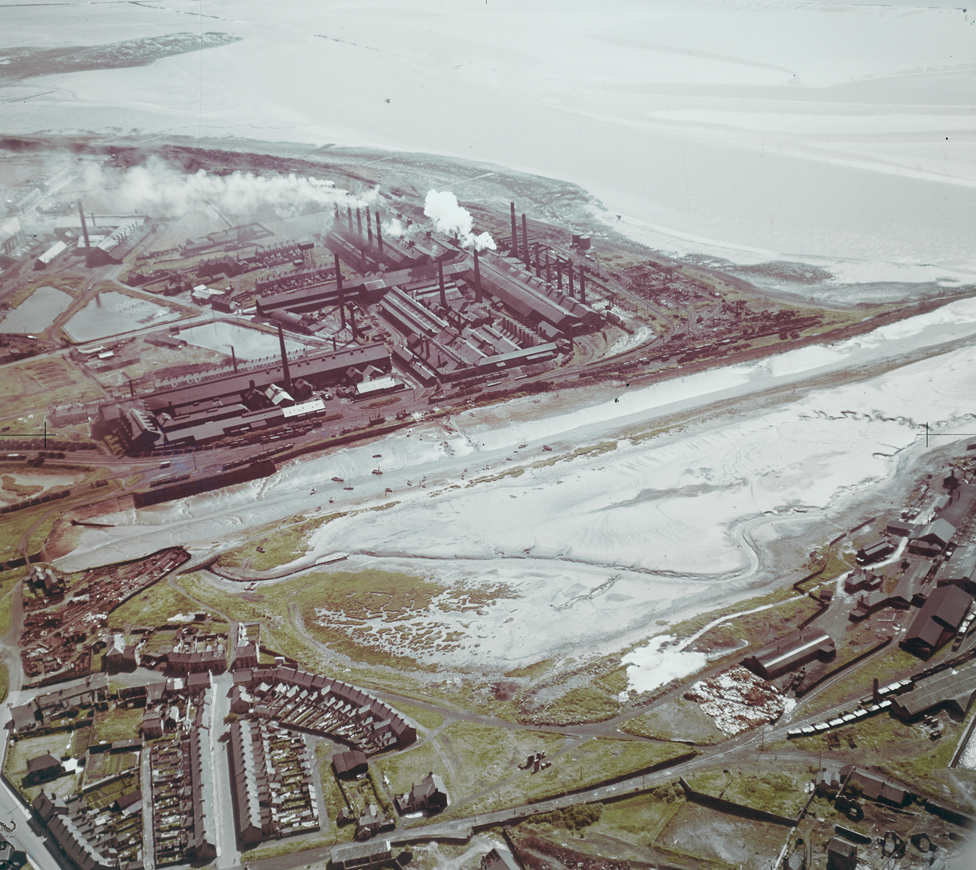
Llanelli was an industrial heartland in 1948
The Cambridge archaeologist added: "Anyone can go to Google Earth and look at modern satellite imagery - but this is an historical Google Earth.
Instructed by archaeologist JK St Joseph, the university borrowed RAF planes and pilots to take photographs until 1965, when it bought its own Cessna Skymaster.
The plane, based at Cambridge Airport, travelled the length and breadth of Britain to capture high-resolution archaeological detail from the air.
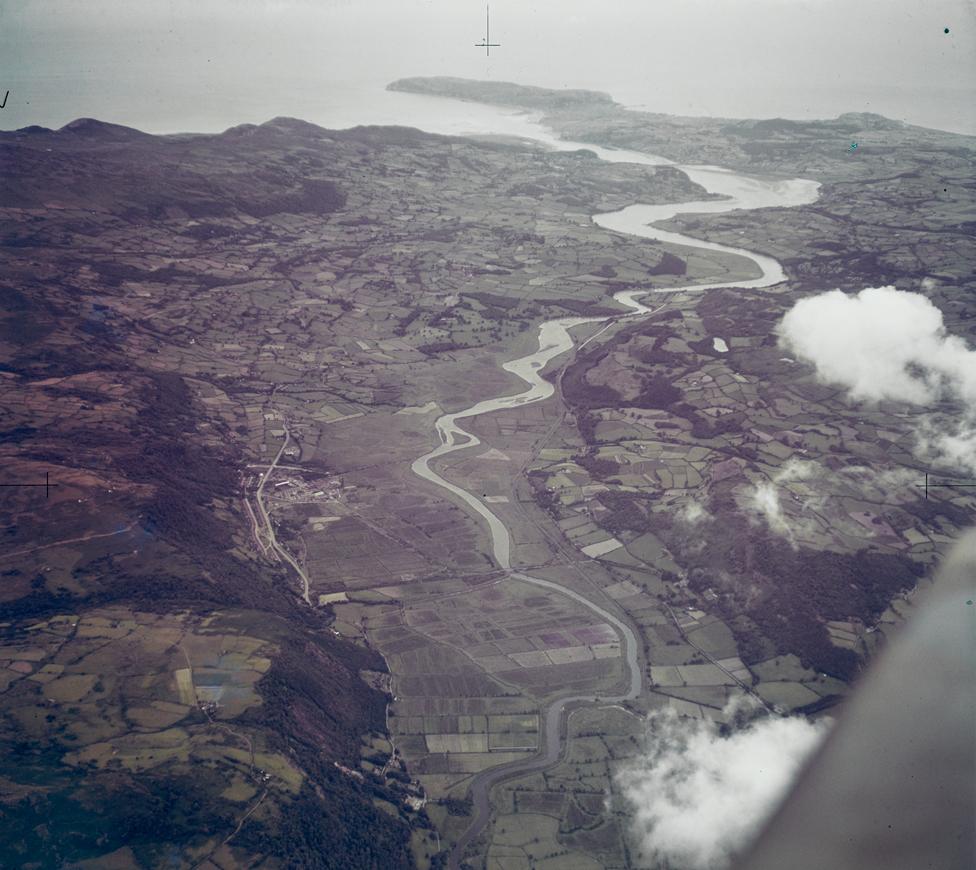
The Conwy River takes centre stage in this 1948 photograph of Dolgarrog in Denbighshire
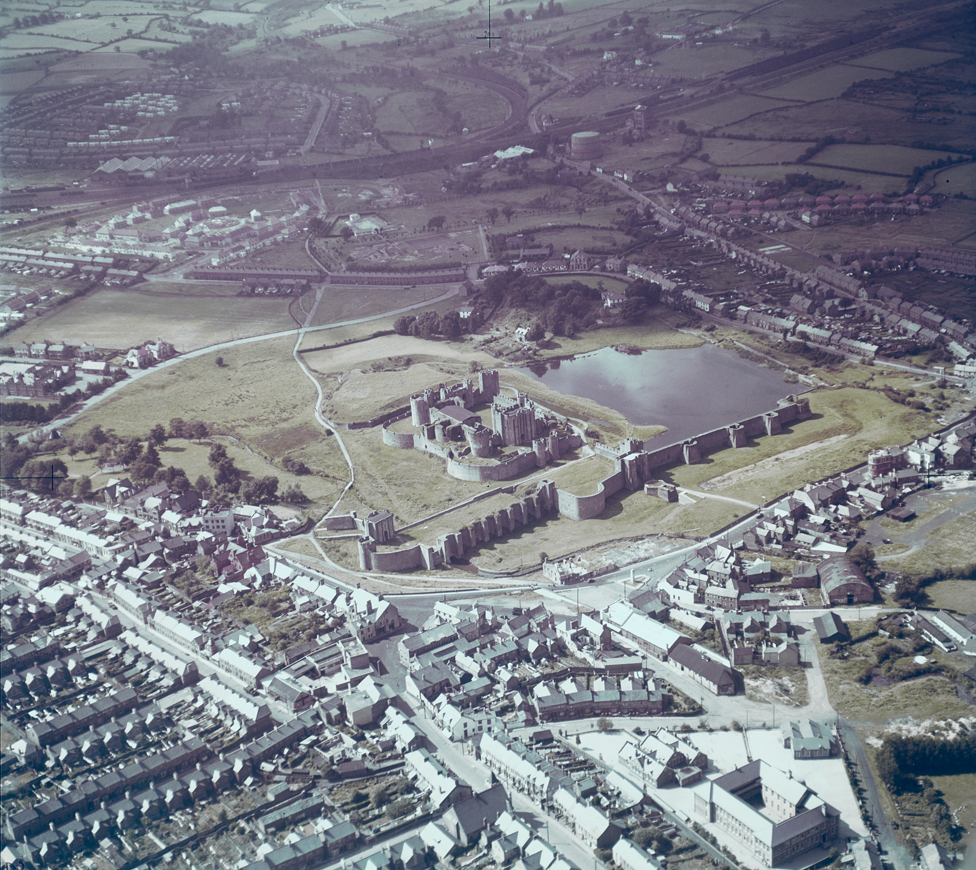
Caerphilly Castle sits proud surrounded by a growing urban landscape in 1948
The first 1,500 photographs from an archive numbering almost 500,000 are now available on the university's Digital Library website, external.
Prof Millett said it had "cherry picked" some of the best and most beautiful photographs, including some very early colour photography.
You may also like:
Oxford academic Dr Robert Bewley, a world authority on aerial archaeology, described the collection as "internationally important".
He said St Joseph analysed RAF reconnaissance photos during the war and came to realise there was a "huge opportunity" to use similar photos in archaeology and geology.
"He chose former RAF bomber pilot Flt Lt Derek Riley - who had been an archaeologist before the war - to take him on his first trip," he said.
"In those days you could fly where you wanted with few restrictions and that's exactly what they did."
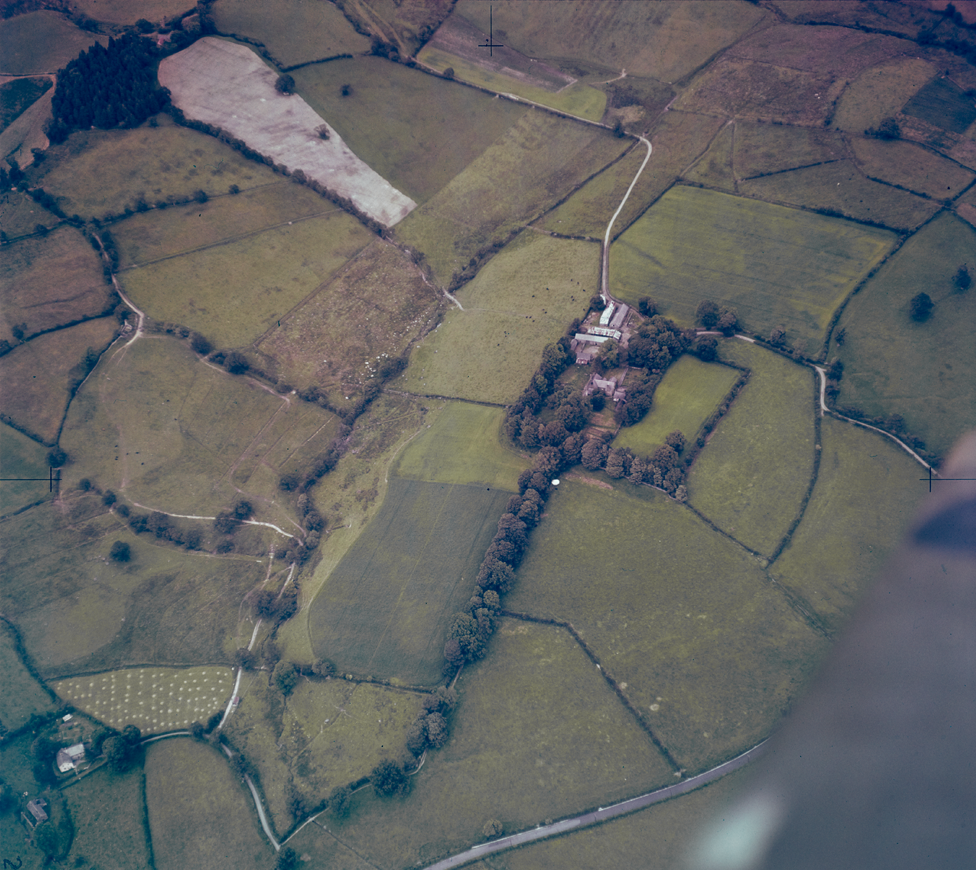
A Roman fort at Caer Gai, Gwynedd, was captured in this 1948 photograph

The Department of Geography and Cambridge University Library are exploring potential plans to digitise the entire aerial photography archive.
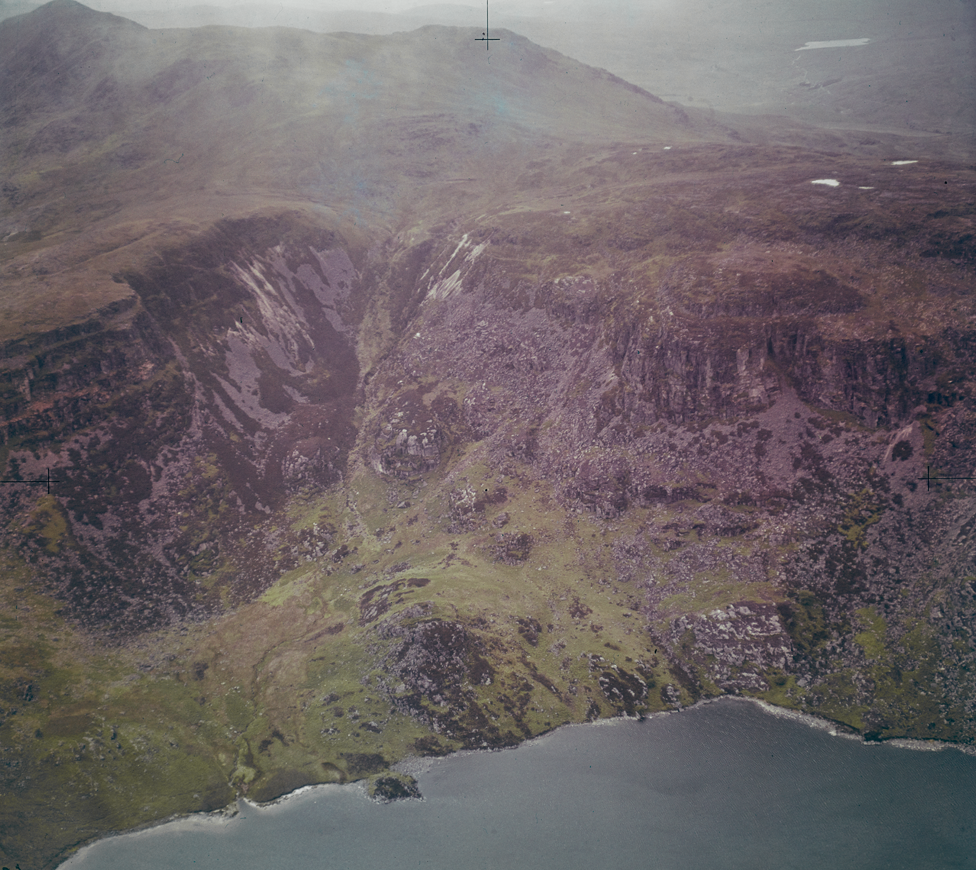
The Arenig Fawr mountain in Gwynedd, in 1948
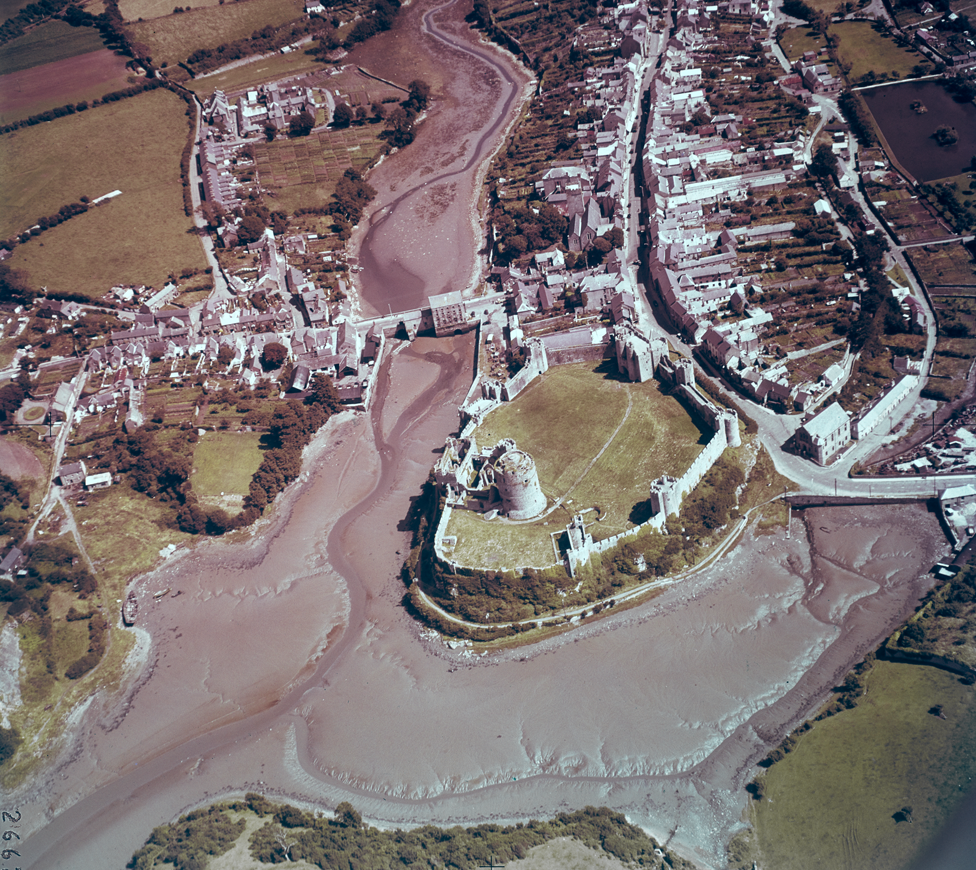
The town of Pembroke in 1948
Photos from the University of Cambridge.
- Published22 February 2019

- Published28 December 2018
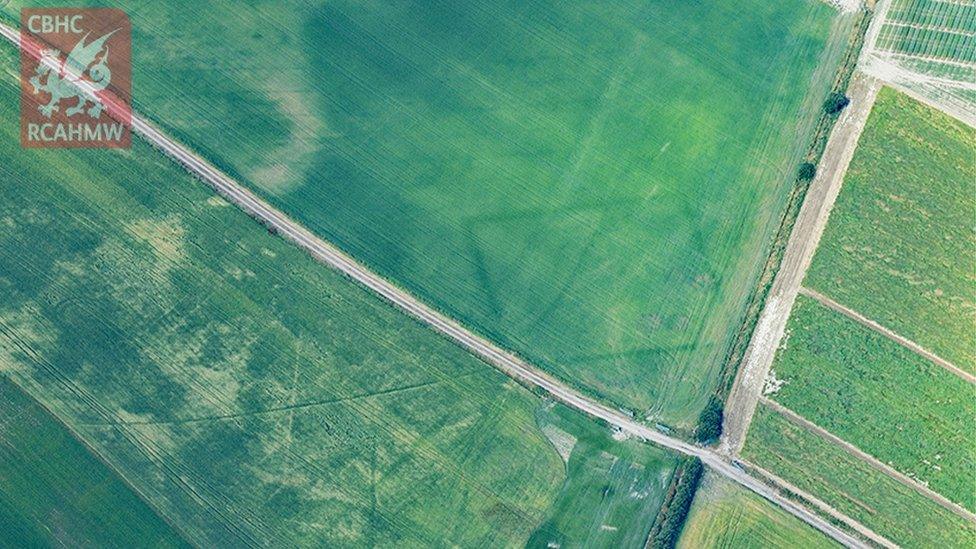
- Published9 October 2015
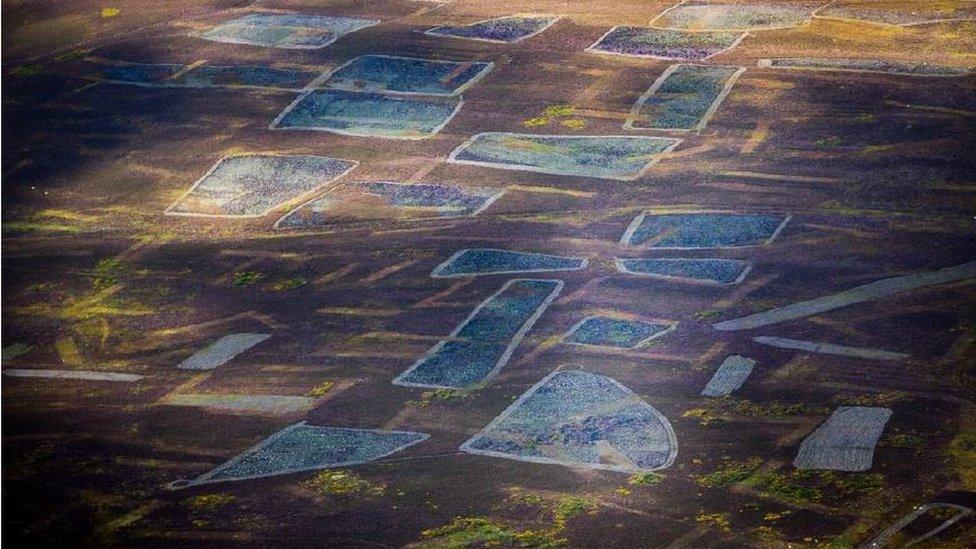
- Published17 July 2018
